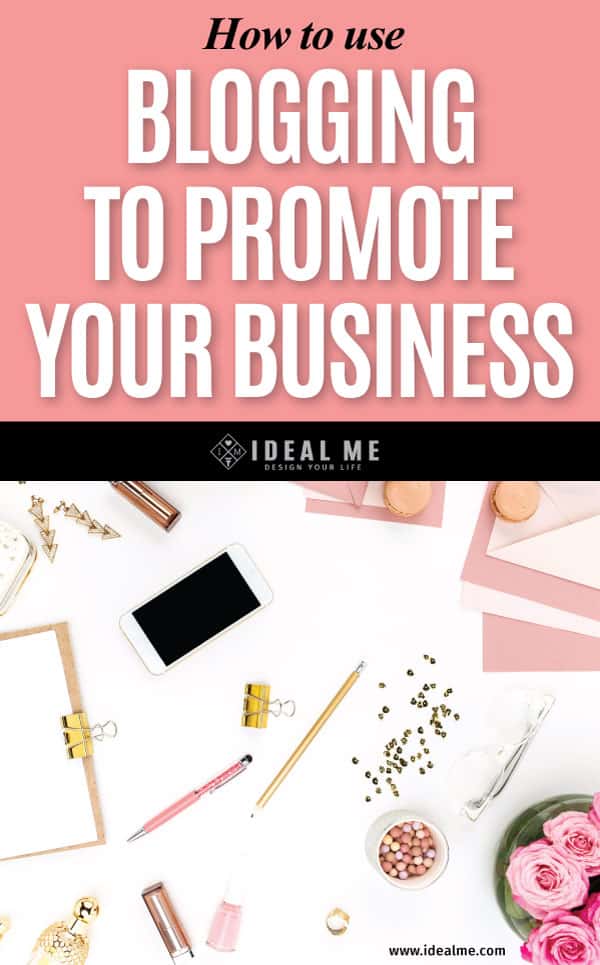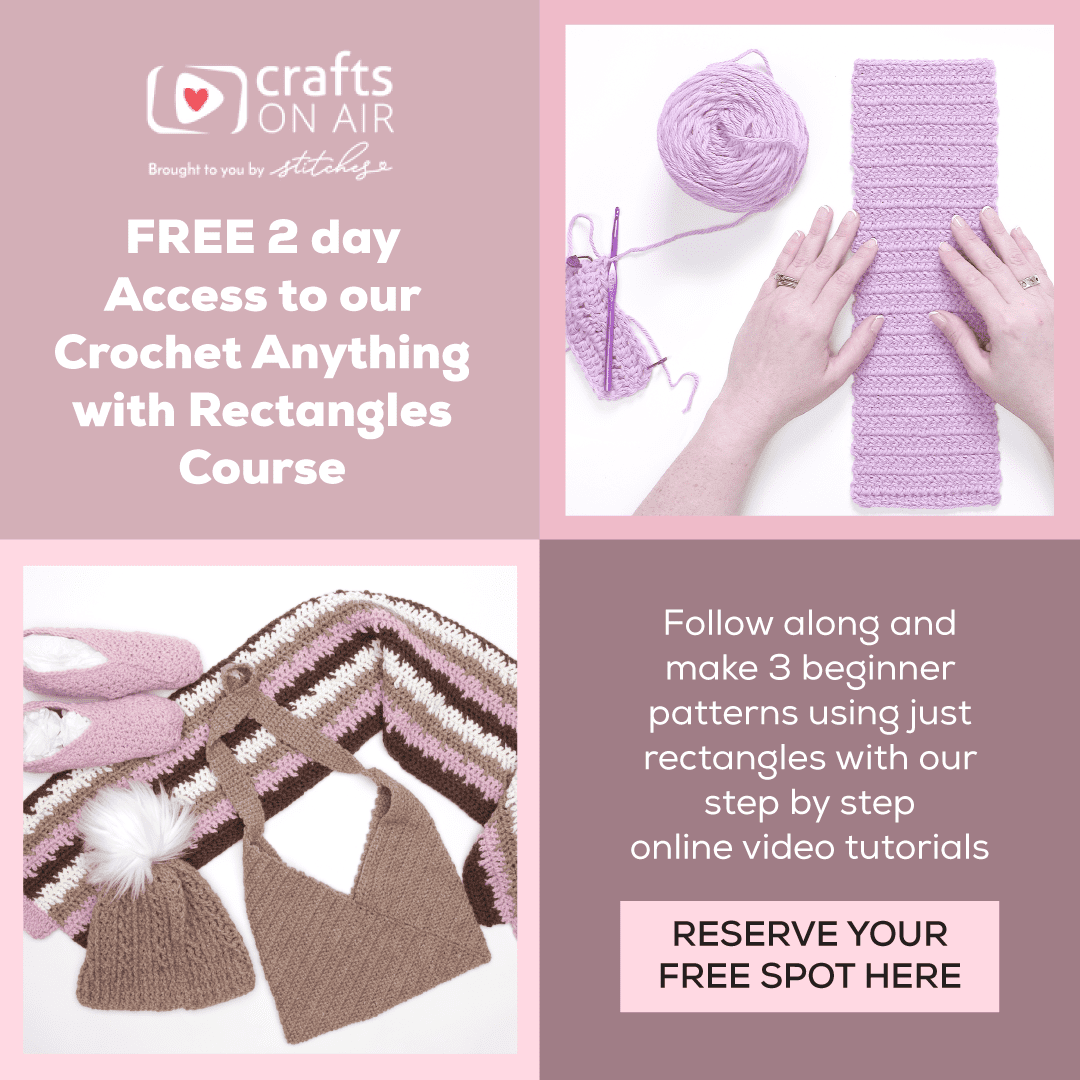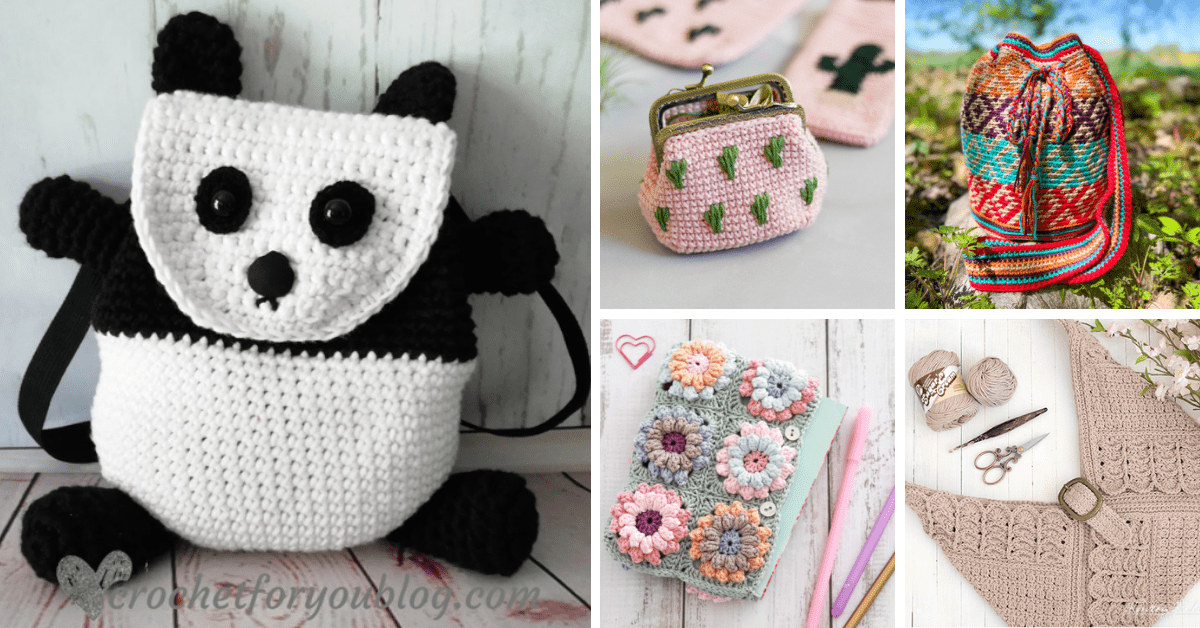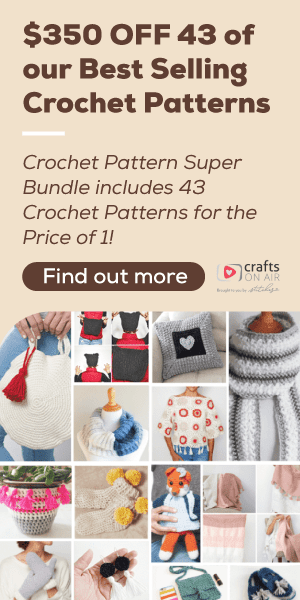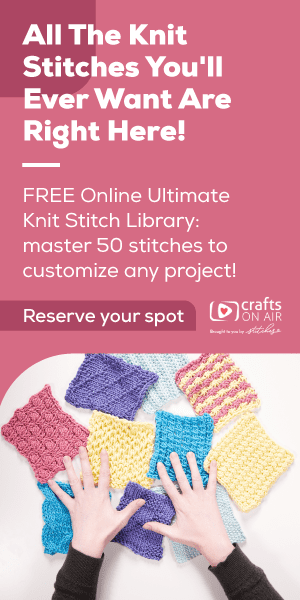
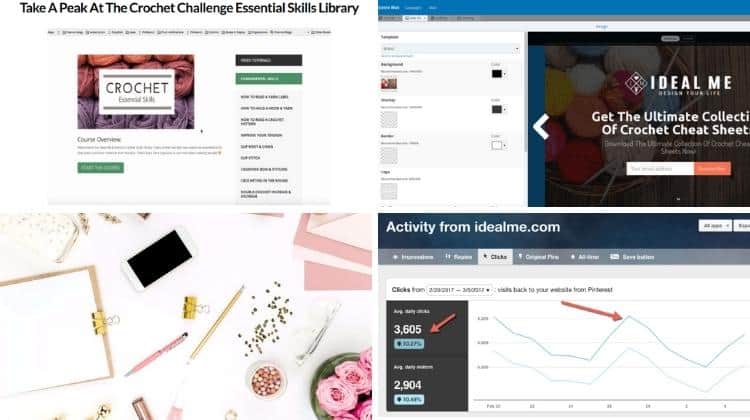
A blog can be an incredible tool for promoting your business. It has major reach potential and can be a strong resource for building connections and relationships.
There are a few key ways that you can use blogging to promote your business. We use our blog every day to do just that, and in fact, that’s exactly why we have a blog in the first place.
Here’s how to optimize your blog for your business:
To best utilize blogging to promote your business, you have to understand that a blog in itself isn’t a business.
It’s a traffic method used to funnel people over to your actual business or offers. So, whether you have an e-commerce business, digital products, or a coaching business, your blog is best used when it funnels people back to the products or services you sell.
A lot of bloggers rely just on advertising to promote their blogs. But a blog can’t turn into a business when you rely solely on advertising like that unless you have a ridiculous amount of visitors monthly anyway (think half a million per month).
There are 3 key ways we use our blog to promote our business. The first way is to build our email subscriber list.
Use Your Blog To Build Your List
So let’s hammer it home: a blog is not a business.
Your blog is best served when it’s used as the amazing traffic tool that it is. One of the best ways to do this is to your capture leads. We talk about list building a lot, and that’s because it’s absolutely crucial for growing both your blog and conversions.
Optimize Your Blog For Capturing Leads
We use four different types of opt-ins to capture email addresses to build our newsletter: The Hello Bar, Welcome Mat, Slide In, and Pop Over. We use the SumoMe tool
Use our link to get a free account to SumoMe and start capturing your own leads.

Opt-in rates generally range from 0.5% to 3-4% per opt-in type. So, sometimes our opt-in on the Hello Bar might be 1%, but our opt-in on the Slide In is 3%. If we have a freebie that does really well, combining the opt-in rates on that single post from our 4 different opt-ins can total up to an 8% conversion rate. Meaning of those who opt-in for the freebie, 8% become newsletter subscribers.
This is important and good news because our newsletter is really where we make our money.
Why?
Because this is where we start building relationships. It’s a more intimate form of communication.
You can get to know your audience through your newsletter, use it as an opportunity to form a relationship and share content and offers to your products or services.
A lot of people are hesitant to email offers or plug their services in their emails, but my belief has always been if you truly believe that your product or service is going to help your customer then you owe it to them to make the offer and let them decide.
Making an offer through email outperforms making an offer on a blog post.
Discovery Tool
We also use our blog as a learning and engagement tool.
Look for what’s being shared and what people are interacting with on your blog.
When we want to know which content is thriving, we use Google Analytics to see what content is resonating with our audience and bringing in the most traffic.
For example, when we published our 18 Easy Crochet Stitches You Can Use For Any Project, we saw that it was performing well. So, we repurposed that content and turned it into a lead magnet.
A lead magnet is basically an ethical bribe. The idea is to give something away in exchange for an email address.
Visitors are more likely to enter an email address when they’re receiving something of value in exchange.
Look to some of your best performing content on your blog to help decide what lead magnet your customers may be interested in.
Here’s an example below.
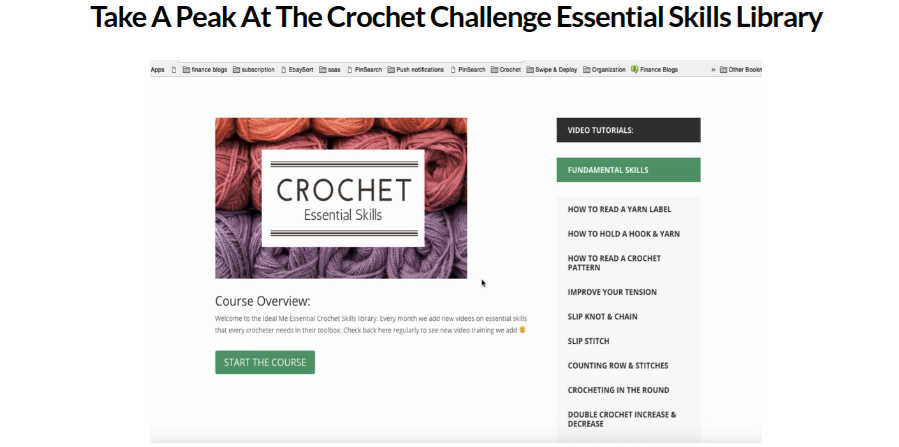
When we launched our 30 Day Crochet Challenge, we knew our audience was interested in crochet stitches because our Google Analytics told us that this was one of our most popular blog posts, so we turned each stitch on the 18 Crochet Stitches post into a video tutorial. We then offered those tutorials as a bonus to entice people to sign up for our crochet challenge membership program.
Target Traffic
We’ve mentioned before that when blogging to promote your business, your blog is a huge traffic tool.
But how do you get traffic to your blog?
A lot of bloggers focus on generating only organic traffic. And this is fine if it’s a by-product of your work, but I want to caution you.
If you rely solely on organic traffic, you are putting your business in a precarious position.
You want to be in control of your own traffic as much as possible, so you’re not waiting and hoping visitors come to your site. A real business must take charge of their own destiny.
I’m going to give you a few pointers for generating organic traffic as well as outlining some of our paid traffic strategies.
For organic traffic, we use a cool plug-in called Yoast to optimize SEO and do keyword research when developing blog post topics. We aim for keywords that are around medium competition so that we can rank for them. They aren’t the least competitive, but they aren’t the most competitive either.
We get tons of traffic from Pinterest.
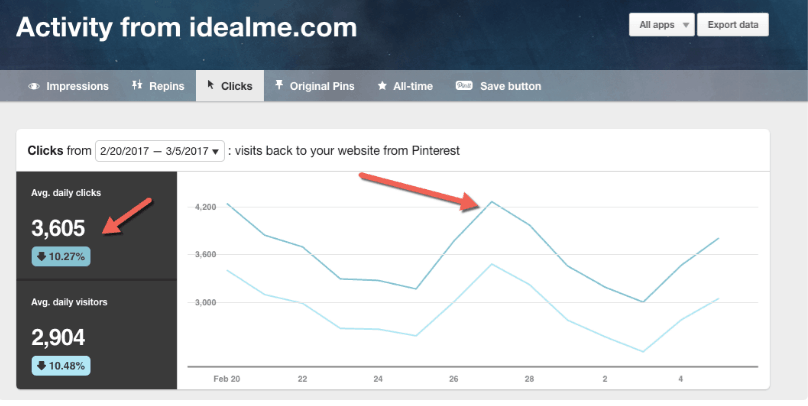
Pinterest is great because people want to share content inherently. You can also target specific niches on Pinterest to help attract the right audience and direct them back to your blog.
We also pin our products and services on Pinterest, but because it’s a social platform, people are more likely to share content than offers. So, when we create blog posts we think of that blog post more as if it were content marketing.
This means we’re writing content (like a blog post), but we’re plugging our offers within that content. It’s kind of like a Trojan Horse. People are more likely to share a post that they truly get value out of, and when they get value, they gain confidence in you and then when they see your links in your blog post are more likely to click through and enroll in that course.
Another big reason why we focused on developing an Ideal Me blog was to build out our Facebook Custom Audiences.
With Facebook Custom Audiences you can segment your visitors into specific categories that you can later advertise to on Facebook.
So, people who visit the crochet subcategory of our blog go into one audience and people who visit fitness go into another because they’re different. Each visitor gets cookie-d when they visit one of those pages on your blog and placed in the corresponding custom audience.
Then, if we release posts or offers, we will target our ads to our custom audiences first. This helps us get in front of our readers faster.
Pinterest and Facebook are great assets for targeting specific audiences and exposing them to content and offers that appeal to their interests.
These are several ways in which we use our blog to promote our business—from our courses to our products. Your blog isn’t a business, but it can help one grow.
A blog is best used as a traffic tool because of the wealth of information you can learn from your visitors and subscribers. Always be on the lookout for what your audience can’t get enough of, and then use that information to help improve your business
Create offers and products based off of content that’s crazy popular on your blog. Target your offers on Facebook to visitors who have browsed specific pages of your blog for a higher chance of conversion.
If you want to know more about how to create a profitable blog, check out our How To Launch A Six Figure Blog training program. Delve deeper into the strategies we use to make our blog work for us.
